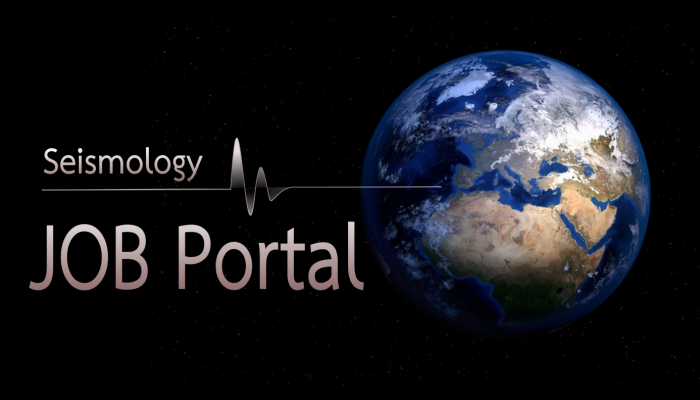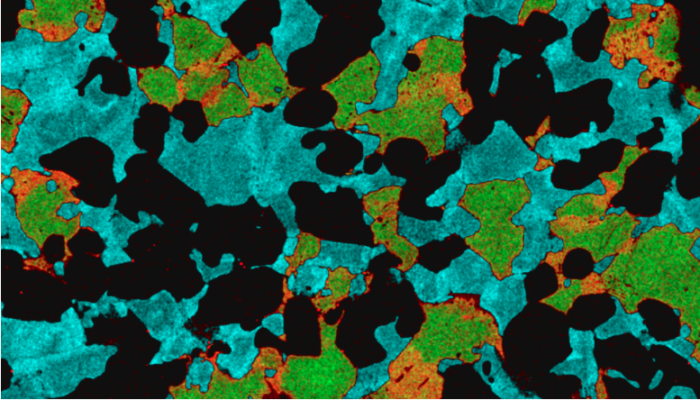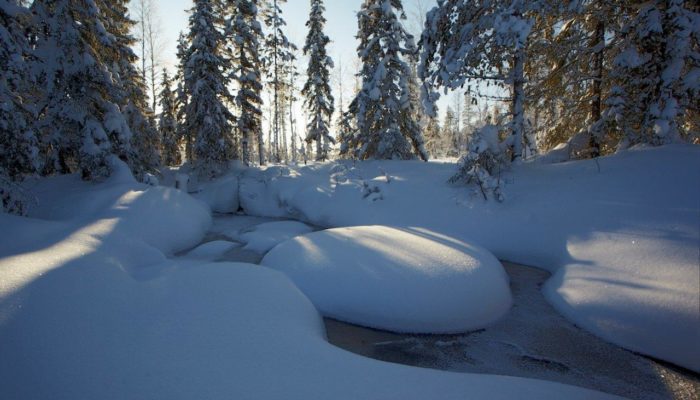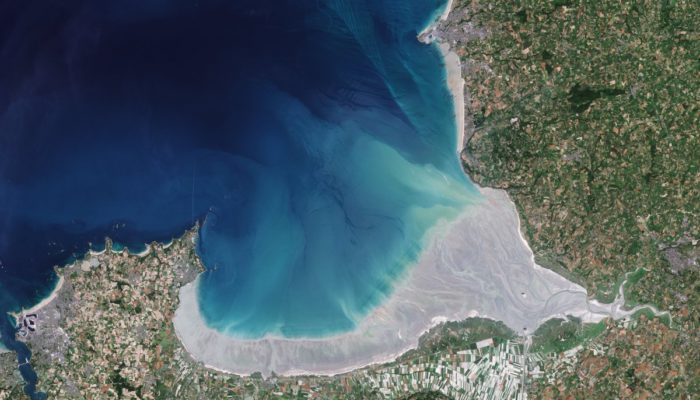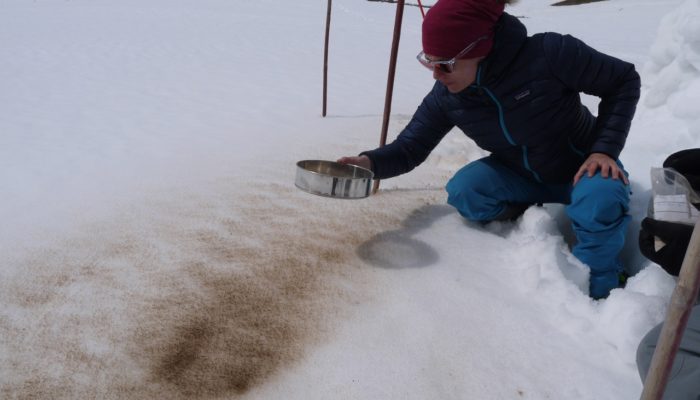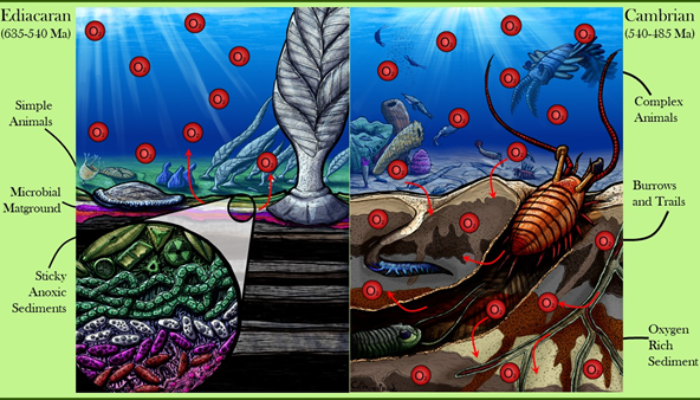On this page we regularly update open positions in Seismology. Do you have a job on offer? Contact us at ecs-sm@egu.eu
Geochemistry, Mineralogy, Petrology & Volcanology
Are mantle melts heterogeneous on a centimeter scale?
The mantle makes up the majority of the volume of the Earth, but there is still a lot about it that we don’t understand. This is because we can’t observe it directly – forget ‘Journey to the center of the Earth’ – even our deepest drill holes (about 12 km deep) are merely tickling the surface of the planet (about 6400 km to the center). Most of what we know abou ...[Read More]
Tectonics and Structural Geology
From Mountains to Modernists: the geological foundations and inspirations of Barcelona
Barcelona is a vibrant city on the Mediterranean coast, nested snugly between the sea and the Collserola Ridge of the Catalan Coastal ranges. The story of Barcelona starts around 2000 years ago as an Iberian settlement, owing to its strategic location on the coastal route connecting Iberia and Europe. The combination of easily defendable ground and the fertile soils of the Besos and Llobregat delt ...[Read More]
Geodynamics
Let’s talk about plagiarism
Hey you! Do you have 5 minutes to talk about plagiarism? Have you ever wondered if some parts of a thesis that you have supervised are simply a copy-paste from another thesis or article? This week, an anonymous guest author will tell us about their personal experience with plagiarism in science and what can be done against it. Granted, it is not the most fascinating topic. Until recently, I really ...[Read More]
Hydrological Sciences
Talking hydrology: an interview with Hjalmar Laudon on hydrological research at the Krycklan catchment
For our second post of “Talking hydrology”, we interviewed Hjalmar Laudon, professor and chair of forest landscape biogeochemistry at SLU Umeå (Sweden). We talked about past and current research in the Krycklan catchment and the usefulness of long-term datasets. 1) You have been conducting hydrological research at the Krycklan catchment (North of Sweden) since 2002. How did you keep yoursel ...[Read More]
Geochemistry, Mineralogy, Petrology & Volcanology
#mineralmonday : lithiophilite
What is it? Lithiophilite, LiMnPO4 What’s it made of? Lithium (Li), manganese (Mn), phosphorus (P) and oxygen (O). The PO4 at the end of the formula makes this a phosphate mineral (phosphorus + oxygen = phosphate). What’s it’s structure? The way the different atoms are arranged in lithiophilite is described as orthorhombic, which means the crystal is built of lots of tiny cuboid- ...[Read More]
Tectonics and Structural Geology
Beyond tectonics: The present-day tides are the biggest they have been since the formation of Pangea
“Beyond tectonics” is a blog series which aims to highlight the connections between tectonics and other aspects of the Earth system. In this iteration of the “Beyond tectonics” series we talk about how plate tectonics have affected the tides on Earth over geological timescales. We will talk about tectonics on the Earth since the formation of Pangea to the present day, and i ...[Read More]
Cryospheric Sciences
An interview with… Marie Dumont
This week, we are interviewing Dr Marie Dumont. At the European Geosciences Union (EGU) general assembly in 2019, Marie was awarded the Arne Richter Award for Outstanding Early Career Scientist. Marie is currently a research team leader and deputy scientific director for the Snow Research Centre (part of Centre National de Recherches Meteorologiques, Météo-France & Le Centre national de la Rec ...[Read More]
Geodynamics
The Sassy Scientist – Hyde: Lithosphere Dynamics
Every week, The Sassy Scientist answers a question on geodynamics, related topics, academic life, the universe or anything in between with a healthy dose of sarcasm. Do you have a question for The Sassy Scientist? Submit your question here. Senna asks: I’m torn between mantle dynamics and lithosphere dynamics as a research topic. Which shall I choose? Dear Senna, I don’t know what came over me whe ...[Read More]
Stratigraphy, Sedimentology and Palaeontology
Slimy Landscapes 2: This time it’s Precambrian
Slime is important to the developments of Earth’s landscapes – I have already explored this in a previous post where I learnt how Extracellular Polymeric Substances (EPS), a fancy phrase for a slime produced by organisms, can bind sediments together and making them resistant to erosion. This has impacts on the development of landscapes, from the types of bedforms forming below flows, the rate at w ...[Read More]

